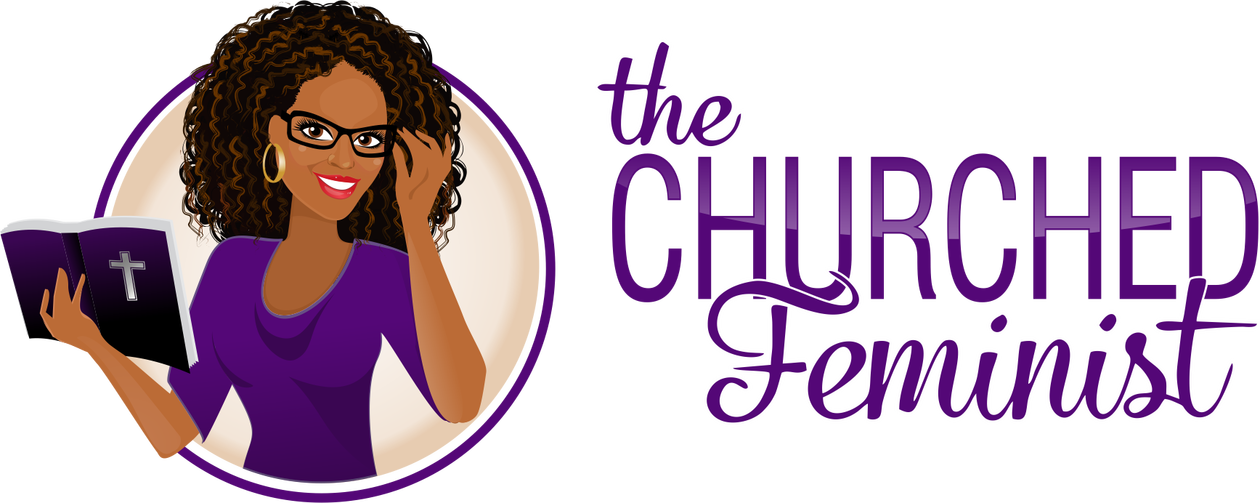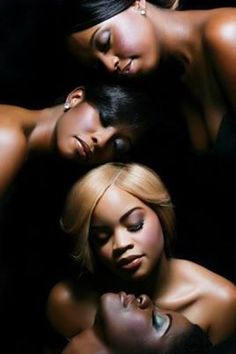


So I watched an episode of “The Real Housewives of Potomac.” It’s one of many in an enduring reality show franchise that gives us a glimpse into the lives of the rich and infamous. I’ll go on and admit right now that I watched because I was curious about one housewife in particular, Gizelle. She is the ex-wife of Pastor Jamal Bryant. ’Nuff said. In any event, I couldn’t help but notice that the majority of the ladies of Potomac looked racially ambiguous, and it wasn’t too long before the subject of blackness—or better yet, what defines blackness—came up. Even now, we are still running around with measuring cups trying to figure out the proper measurements that add up to what makes you black. Two of the ladies, Katie and Ashley, have a black parent and a white parent. A group discussion ensued that focused on whether or not one must identify as biracial or just black under this dynamic. I won’t lie; I got a little nervous for the browner-skinned Charrisse at that point. I immediately became concerned that someone might describe her brownness as a negative.
One of the most frustrating things about being a black woman in America is enduring the laundry list of areas ripe for shame attempts: our bodies (size-shaming), our sexuality (sex-shaming), and our skin tones (color-shaming). On a pretty regular rotation, we hear stereotypes about black female sexuality, are exposed to reminders by the fashion industry that our body shapes will be ignored, and we are often penalized for our variations of brown skin and hair texture. As black women, we learn early on that room is not always made for our darker hues. We get subtle reminders of this everything we put on a band-aid or try to find a decent pair of “nude” pantyhose in the discount department stores we pass on our way home from work. Clearly, we are forced to endure a standard of beauty that was never intended to include us. That fact alone is bad enough. But the flip side of that is that when any nonblack woman is in possession of any of the traits black women are in abundant supply of, she is likely to be applauded for it. Couple that with the consternation we often find ourselves on the receiving end of for looking like ourselves without apology, for daring to embrace our hair in the condition it grows out of our heads, and you are close to having a small inkling of the slights we endure.
I feel pretty confident that almost every brown-skinned woman has heard some variation of “she’s pretty for a brown girl.” I remember the first time I heard it; it came out of the mouth of the mother of a neighborhood kid I used to play with. “She’s pretty for a brown-skinned girl.” It is a micro-aggression packed full of mess: the self-loathing, the contempt, and the color caste system that all Black women are forced to participate in against our collective will. I feel obligated to say that not all black people participate in this mindset. But enough do to the degree that color prejudice is never too far away; it seems to be somewhere simmering, ready to boil over.
But back to the Housewives of Potomac: when Gizelle asked about Ashley, “is she mixed?” it demonstrated how caught up we can be about color and identity. Of course, a lot of this is the residue left behind by the “one drop rule,” an early attempt to legislate racial identity to ensure that anyone with even a single drop of African blood would share the same legal status as the kidnapped Africans forced to a life of race-based servitude without compensation until death. So even if a slaveholder raped a female slave and the attack resulted in a pregnancy, that child would follow the life of the mother. Even after slavery ended (on paper, anyway), the one-drop rule was employed to discourage race-mixing and this forced measurement scale of racial identity is still in use today.
How we attempt to measure blackness is a painful subject, particularly due to the privileging of lightness. Many of the ideals about what constitutes black beauty standards have their roots in color (or skin tone) prejudice. This hierarchical ranking system makes it easy to “one up” anyone with darker skin. By privileging all things light, darkness becomes the go-to slam: if you want to plunge the insult dagger in even deeper, just throw “you black” in front of whatever your clapback script is. Even in barely a month old 2016, we see how often color prejudice rears its ugly head:
Singer K Michelle recently took two NFL players to task for their comments about dark-skinned women,
Colorism surfaced in a barrage of social media exchanges between two beauty bloggers:
And in this essay published by the Pittsburgh Post-Gazette, a high school student opens up about her pain when she learned her dark skin was “bad.”
Much like the one-drop rule, the binary coding system used to measure “goodness” and “badness” has also been applied to measure black beauty standards. I cringe every time I hear “she got good hair,” as though hair has superlative qualities. Hair just is what it is: fine, thick, coarse, wavy, curly, kinky, coily, etc. Yet we are still describing our hair in ways that suggest whatever is close to whiteness is “good.”
Needless to say, color prejudice continues to plague us. It is still a source of discomfort, and that discomfort only intensifies when you consider the degree to which the Black church has participated in color prejudice, and the degree to which the Bible itself was used to co-sign it. This will be the focus of Part II of the church’s role in color prejudice…and what we can do to thwart it.